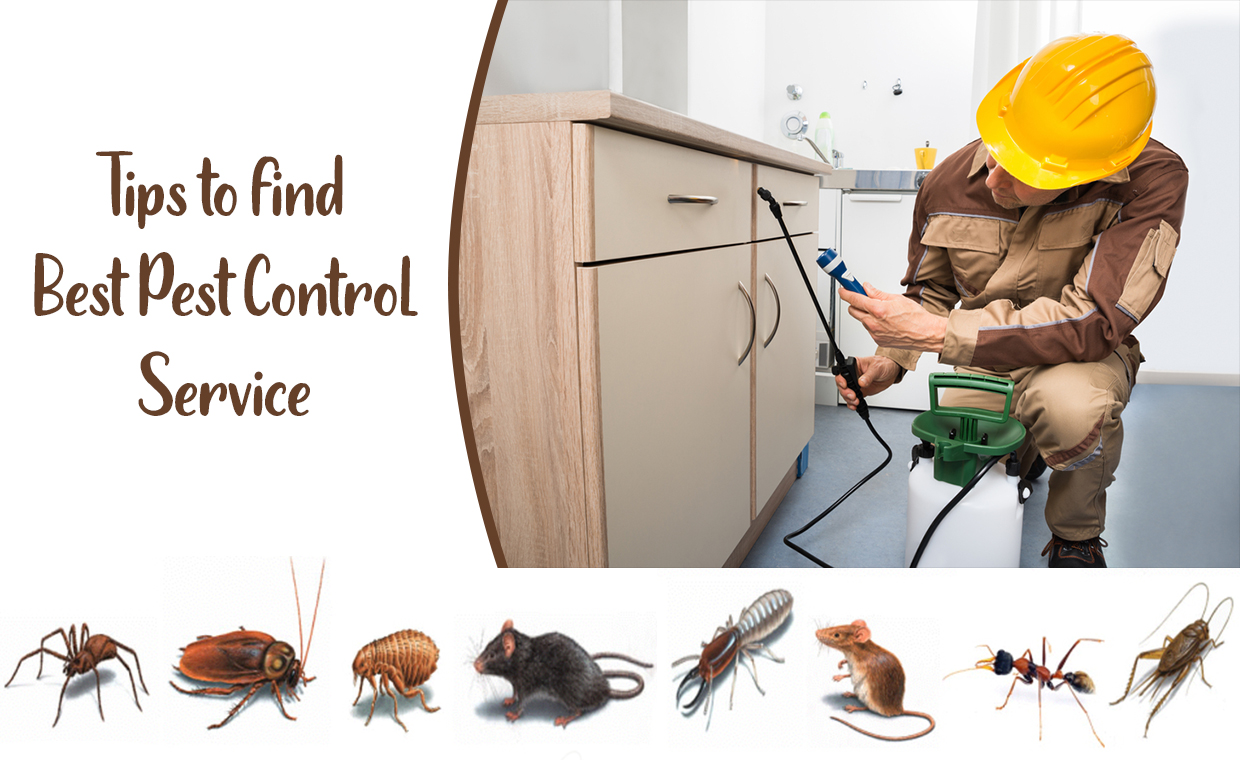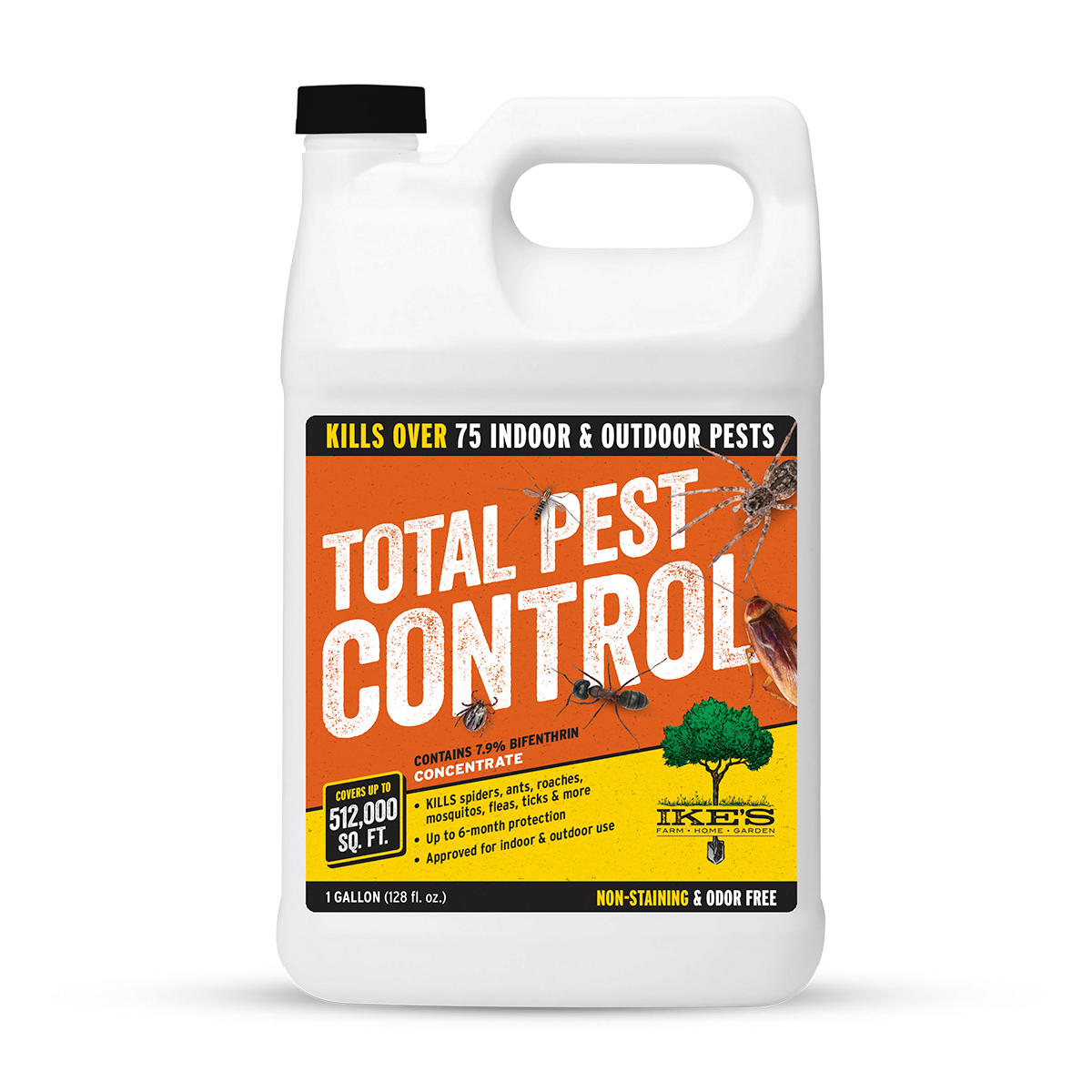Insect Control 101: Identifying Common Pests and Their Effective Treatments
Parasite control is an essential aspect of maintaining a healthy and balanced living environment. Typical parasites like ants, rodents, and numerous bugs can posture considerable challenges. Understanding their habits and indications of infestation is essential for reliable monitoring. While chemical options exist, there are likewise natural choices worth considering. As one explores the nuances of bug recognition and treatment alternatives, the importance of avoidance techniques comes to be progressively obvious. What techniques can really keep parasites at bay?
Identifying Ants: Types and Their Habitats
Ants, tiny yet formidable pests, are a diverse team that can be discovered in different settings across the world. There more than 12,000 recognized varieties, each showing unique behaviors and adaptations. Common types include the black yard ant, which prospers in warm areas, and the fire ant, understood for its painful sting, common in warmer areas. Woodworker ants favor moist wood, making them a problem for house owners, while scent-laden residence ants are attracted to human food resources.
Ants construct elaborate nests, usually below ground, in timber, or within structures. Their environments vary from forests to urban settings, showcasing their versatility. Many varieties are social, staying in swarms that can vary in size from a couple of loads to millions. Determining the sort of ant is crucial for efficient insect administration, as each varieties has different nesting routines and foraging behaviors that affect control methods. Recognizing their habitats help in prevention and therapy efforts.
Identifying Rats: Indicators of Problem
Rats, like ants, can posture significant difficulties for organizations and home owners alike. Acknowledging indicators of an invasion is essential for reliable parasite control. Common signs consist of droppings, which are often found near food resources or nesting areas; little, dark pellets that can be misinterpreted for seeds. Eaten cables, furniture, or product packaging may likewise signal a rodent existence, as they constantly munch to maintain their teeth convenient. Furthermore, home owners may discover gnaw marks on baseboards or walls. Undesirable smells, coming from pee and droppings, can show a bigger issue. Scratching or scurrying noises, particularly in the evening, are one more dead giveaway of rats. Finally, the visibility of nests, usually made up of shredded products like paper or material, can validate a problem. Attending to these indications without delay can assist alleviate damage and protect against the spread of illness related to rats.
Usual Bug Pests: From Aphids to Termites
Insects represent a varied group of pests that can create chaos in homes and yards, with types ranging from small aphids to destructive termites. Aphids are little, sap-sucking pests that can promptly infest plants, resulting in stunted development and distortion. They often draw in ants, which shield them from all-natural predators. On the various other end of the spectrum, termites are notorious for causing considerable architectural damages to wooden frameworks. They consume cellulose discovered in timber, compromising the honesty of buildings and homes. Other typical insect pests include roaches, which thrive in unhygienic conditions, and vermins, understood for their bites and difficulty in eradication. Flies, specifically houseflies, can pollute food and transfer diseases, while insects present health risks with their attacks. Reliable insect management begins with recognizing these bugs and recognizing their actions, which is vital for safeguarding and preventing problems both building and health and wellness.
Efficient Therapies: Chemical and Natural Solutions
While property owners frequently seek instant remedy for bug problems, choosing the appropriate treatment-- whether chemical or all-natural-- needs cautious consideration of efficiency and safety and security. Chemical services, such as pesticides and insecticides, can offer fast outcomes yet typically carry risks, including possible harm to non-target species and ecological concerns. House owners should read tags, follow application standards, and think about the timing of treatments to lessen risks.
On the other hand, natural options, such as diatomaceous planet, essential oils, or homemade traps, interest those seeking eco-friendly options. They may take longer to show outcomes, many natural treatments are much safer for families with kids and family pets. Integrated bug management, which incorporates both chemical and natural techniques, can likewise be effective. Inevitably, the choice in between these treatment kinds ought to align with the severity of the infestation, individual worths concerning safety and security, and the particular parasite being targeted
Prevention Approaches: Maintaining Your Home Pest-Free

In addition, proper landscaping can prevent bugs; maintaining shrubs trimmed and removing particles from the lawn reduces hiding locations. Homeowners must likewise think about wetness control, as several pests prosper in damp conditions. Fixing leakages and ensuring appropriate water drainage can mitigate this danger. Finally, employing natural deterrents, such as important oils or diatomaceous earth, can create a negative atmosphere for parasites. By applying these techniques, individuals can develop a pest-free home and minimize the possibility of future infestations.
Frequently Asked Questions
Exactly how Do I Know if I Have a Pest Issue?
Signs of an insect problem consist of droppings, nibble marks, nests, or unusual sounds. Observing harmed food or residential property, as well as unexplained rashes or bites, may additionally suggest the presence of pests in the setting.
Are There Any Type Of Seasonal Parasite Trends to Be Aware Of?

Can Indoor Plants Attract Bugs?
Interior plants can undoubtedly attract bugs, as they provide an appropriate setting for insects like aphids and crawler mites. Pest Control Homestead. Proper treatment and routine assessment are vital to maintain and avoid problems plant wellness
What Are the Health And Wellness Dangers Connected With Pest Infestations?
Bug invasions posture numerous wellness dangers, consisting of allergic reactions, respiratory problems, and the spread of diseases. Exposure to parasites like rats and bugs can cause infections, attacks, and contamination of food and living atmospheres.
How Commonly Should I Check My Home for Pests?
Normal assessments need to happen a minimum of once get more info every period, making sure any kind of signs of bug task are identified early. Homeowners may readjust regularity based upon their certain setting and previous insect problems. Consistency is vital.
Typical parasites like ants, rats, and different insects can pose substantial difficulties. Determining the type of ant is important for reliable bug monitoring, as each types has different nesting behaviors and foraging habits that influence control methods. While house owners commonly seek instant relief from parasite infestations, choosing the best therapy-- whether chemical or all-natural-- calls for careful factor to consider of effectiveness and safety and security. Effective pest control expands beyond immediate therapies; it also involves positive steps to protect against problems prior to they begin. Seasonal bug fads often consist of increased rodent activity in fall as they look for warmth, while spring typically brings an increase of ants and termites.